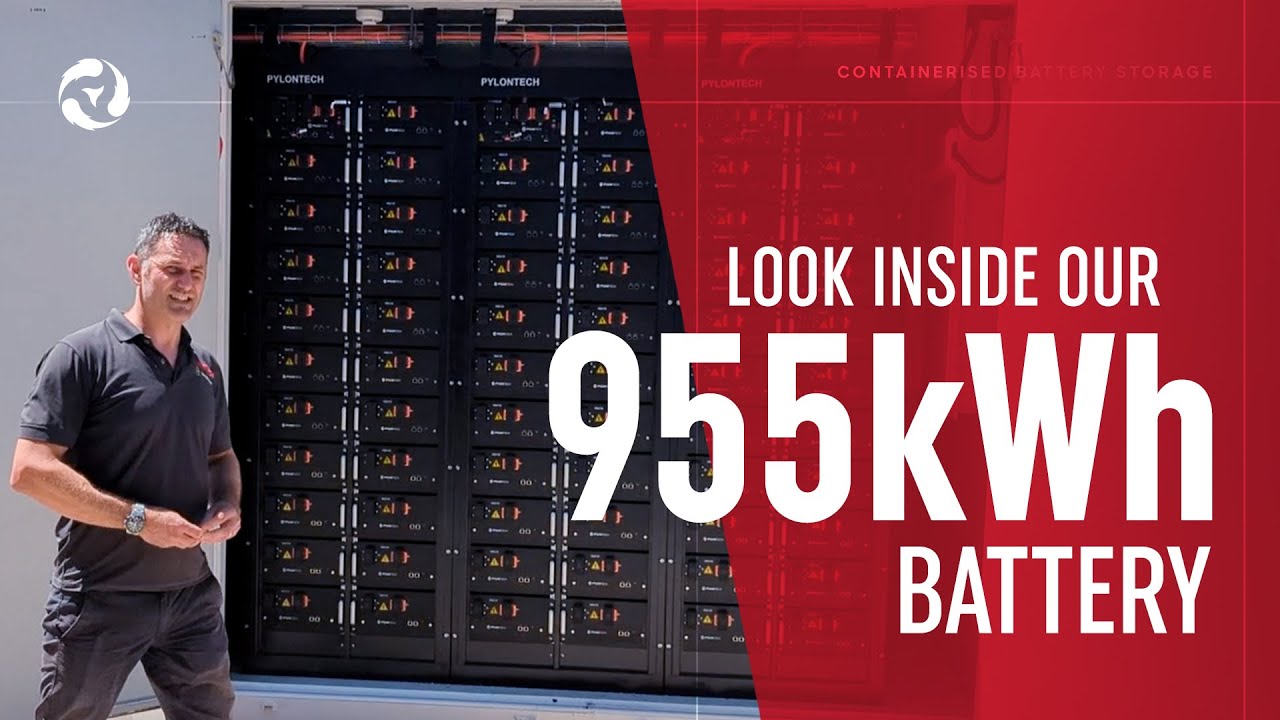
Understanding Renewable Energy Battery Storage
In the age of increasing energy demands and environmental concerns, renewable energy battery storage has emerged as a critical solution. This technology allows us to harness energy from renewable sources like solar, wind, and hydroelectric power, storing it for later use. This guide will explore the fundamentals of renewable energy storage systems, their importance, and the various technologies involved.
The Importance of Energy Storage
Energy storage is essential for several reasons:
- Stability: It provides stability to the grid by balancing supply and demand.
- Reliability: Energy storage systems can deliver power when renewable sources are not generating energy.
- Cost-effectiveness: By storing energy during low-demand periods, it can be used during peak demand, reducing costs.
- Integration: It facilitates the integration of more renewable energy into the grid.
Challenges Without Energy Storage
Without adequate storage solutions, renewable energy systems face several challenges:
- Intermittency: Solar and wind energy are not always available, leading to reliability issues.
- Grid Overload: Excess energy produced during peak generation can overload the grid.
- Economic Inefficiency: High demand during certain times leads to increased costs when energy cannot be stored and used efficiently.
Types of Renewable Energy Battery Storage
There are several types of battery storage technologies, each with unique advantages and disadvantages:
Lithium-ion Batteries
Lithium-ion batteries are currently the most popular choice for renewable energy storage. They offer several benefits:
- High energy density: They can store a large amount of energy in a small space.
- Long lifespan: These batteries can last for several years with proper maintenance.
- Fast charging: They can be charged quickly, making them suitable for peak demand times.
However, there are also challenges:
- Cost: Lithium-ion batteries can be expensive to manufacture and purchase.
- Resource scarcity: The materials used, like lithium and cobalt, can be scarce and environmentally damaging to extract.
Lead-Acid Batteries
Lead-acid batteries are one of the oldest types of batteries and are still widely used for energy storage. Key points include:
- Cost-effective: They are generally cheaper than lithium-ion batteries.
- Robustness: Lead-acid batteries are durable and can withstand harsh conditions.
However, they also have significant downsides:
- Lower energy density: They take up more space for the same amount of energy stored.
- Shorter lifespan: Typically, they last fewer cycles compared to lithium-ion batteries.
Flow Batteries
Flow batteries are an emerging technology with unique characteristics:
- Scalability: They can be scaled up easily by increasing the size of the tanks that store the electrolyte.
- Long discharge times: Ideal for applications that require prolonged energy supply.
Challenges include:
- Cost: They can be more expensive than traditional batteries.
- Complexity: The systems can be complex to install and maintain.
Applications of Renewable Energy Battery Storage
Renewable energy battery storage systems have various applications across different sectors:
Residential Use
Homeowners can utilize battery storage systems to:
- Reduce electricity bills: By storing energy generated from solar panels for use at night or during peak hours.
- Increase energy independence: Homeowners can rely less on the grid.
- Backup power: In case of power outages, stored energy can provide essential power.
Commercial and Industrial Use
Businesses can benefit from renewable energy battery storage in several ways:
- Load shifting: Businesses can store energy during off-peak hours and use it during peak demand.
- Demand charge reduction: By reducing peak demand, companies can lower their electricity costs.
- Resilience: Battery storage can provide backup power during outages.
Utility-Scale Storage
At the utility level, battery storage systems can:
- Stabilize the grid: By balancing supply and demand.
- Integrate more renewables: Allowing for higher percentages of renewable energy on the grid.
- Provide ancillary services: Such as frequency regulation and voltage support.
The Future of Renewable Energy Battery Storage
The future of renewable energy battery storage looks promising, with several trends and innovations on the horizon:
Advancements in Technology
Research is ongoing to improve existing technologies and develop new ones:
- Solid-state batteries: Offering higher energy density and safety compared to liquid batteries.
- New chemistries: Exploring alternatives to lithium and cobalt to reduce environmental impact.
Government Policies and Incentives
Government policies play a crucial role in promoting battery storage:
- Incentives for installation: Many governments offer tax credits and rebates for battery storage systems.
- Regulations promoting renewables: Policies that encourage the integration of renewable energy sources and storage solutions.
Increased Demand
As more people and businesses look to reduce their carbon footprint, the demand for battery storage solutions is likely to rise:
- Electric vehicles: As EV adoption increases, so does the need for charging infrastructure and battery storage.
- Decentralized energy systems: More individuals are investing in home solar and storage solutions.
Conclusion
In summary, renewable energy battery storage is a vital component in the transition to a sustainable energy future. It enables us to harness the full potential of renewable energy sources, providing stability, reliability, and cost savings. As technology advances and demand increases, we can expect to see even more innovative solutions emerge in the field of energy storage. By investing in these technologies, we are not only improving our energy systems but also contributing to a healthier planet for future generations.
As we continue to explore the various aspects of renewable energy battery storage, it is essential to stay informed and engaged in the conversation surrounding energy transition. The future is bright for renewable energy, and battery storage will play a crucial role in shaping that future.

